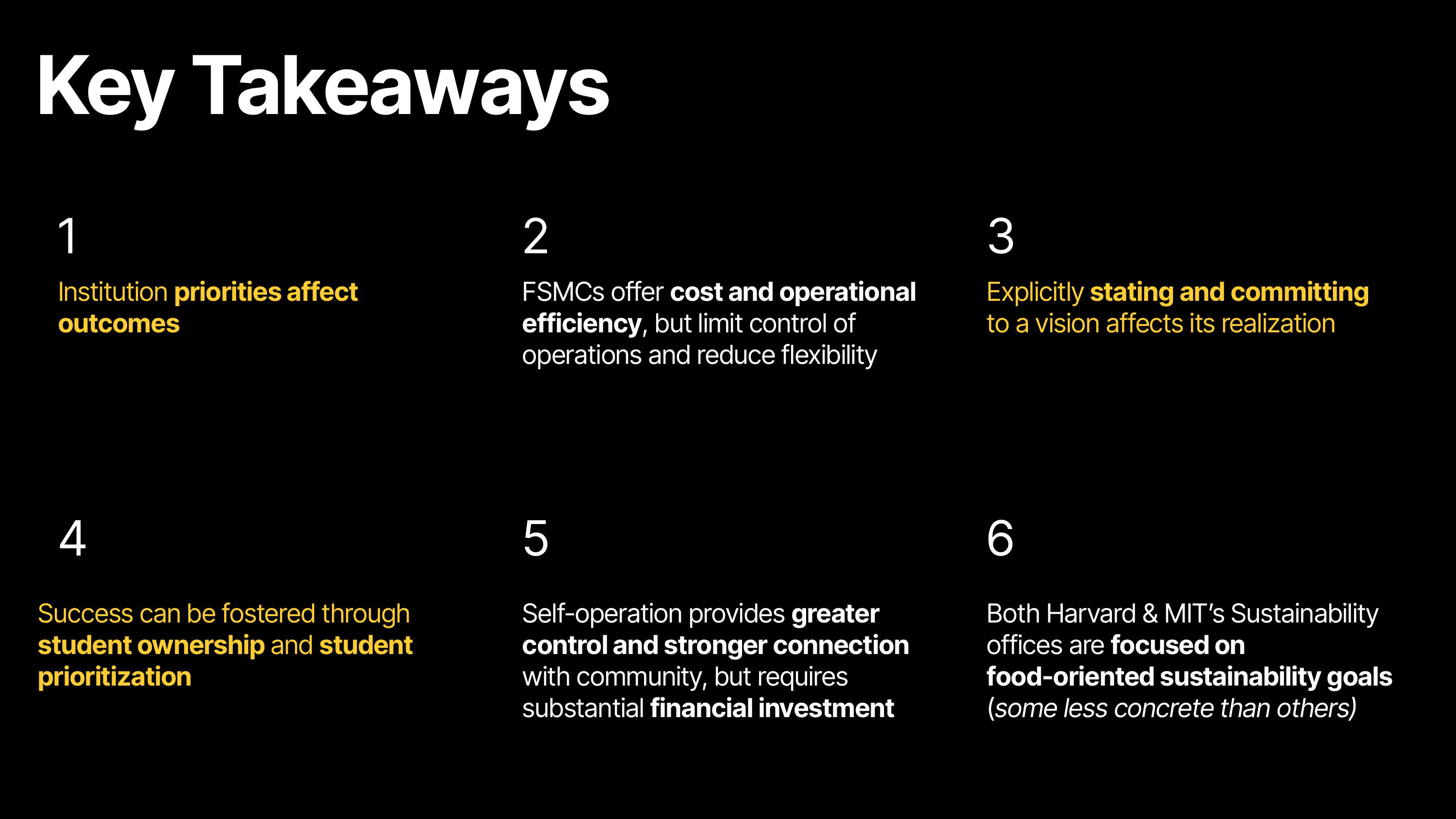The Role of Anchor Institutions in Local Food Systems
Program Design
Research
Program Design
Research
This project examines the role and influence of two anchor institutions, Harvard University (Harvard) and Massachusetts Institute of Technology (MIT), in the local and regional food system of Cambridge and New England, respectively.
The research centers on anchor institutions because they are long-term fixtures in the community, wielding substantial power through capital investments, dining service, procurement, employment, and engagement with students. Research suggests that 30 percent of all college students experienced food insecurity at some point in their college careers, and that students who identify as “Hispanic or Latino” or “Black or African American” or the first-generation to attend college are more likely to be food insecure. This underscores the significance of university-level policies, which can either exacerbate or narrow disparities in food and nutrition security (defined as food affordability, access, utilization, and stability). These university-level decisions made by MIT and Harvard collectively shape the local food landscape while simultaneously influencing the food supply chain.
Team: Fara Alade, Charles Ge, Neha Sanghera, Anthony Simeonov and myself
Project of Change for 11.041: Housing, Community, and Economic Development @ MIT
The research centers on anchor institutions because they are long-term fixtures in the community, wielding substantial power through capital investments, dining service, procurement, employment, and engagement with students. Research suggests that 30 percent of all college students experienced food insecurity at some point in their college careers, and that students who identify as “Hispanic or Latino” or “Black or African American” or the first-generation to attend college are more likely to be food insecure. This underscores the significance of university-level policies, which can either exacerbate or narrow disparities in food and nutrition security (defined as food affordability, access, utilization, and stability). These university-level decisions made by MIT and Harvard collectively shape the local food landscape while simultaneously influencing the food supply chain.
Team: Fara Alade, Charles Ge, Neha Sanghera, Anthony Simeonov and myself
Project of Change for 11.041: Housing, Community, and Economic Development @ MIT
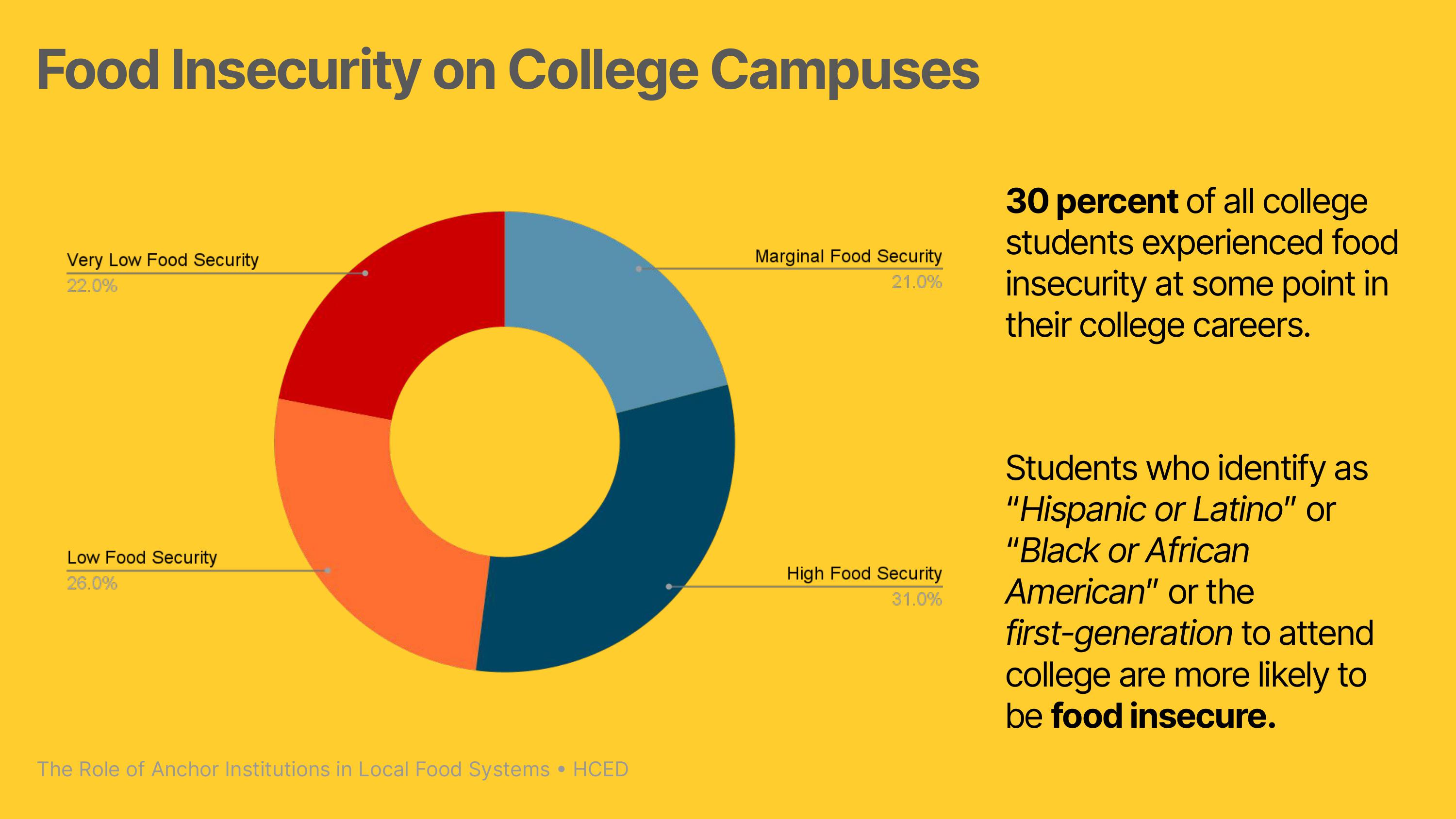
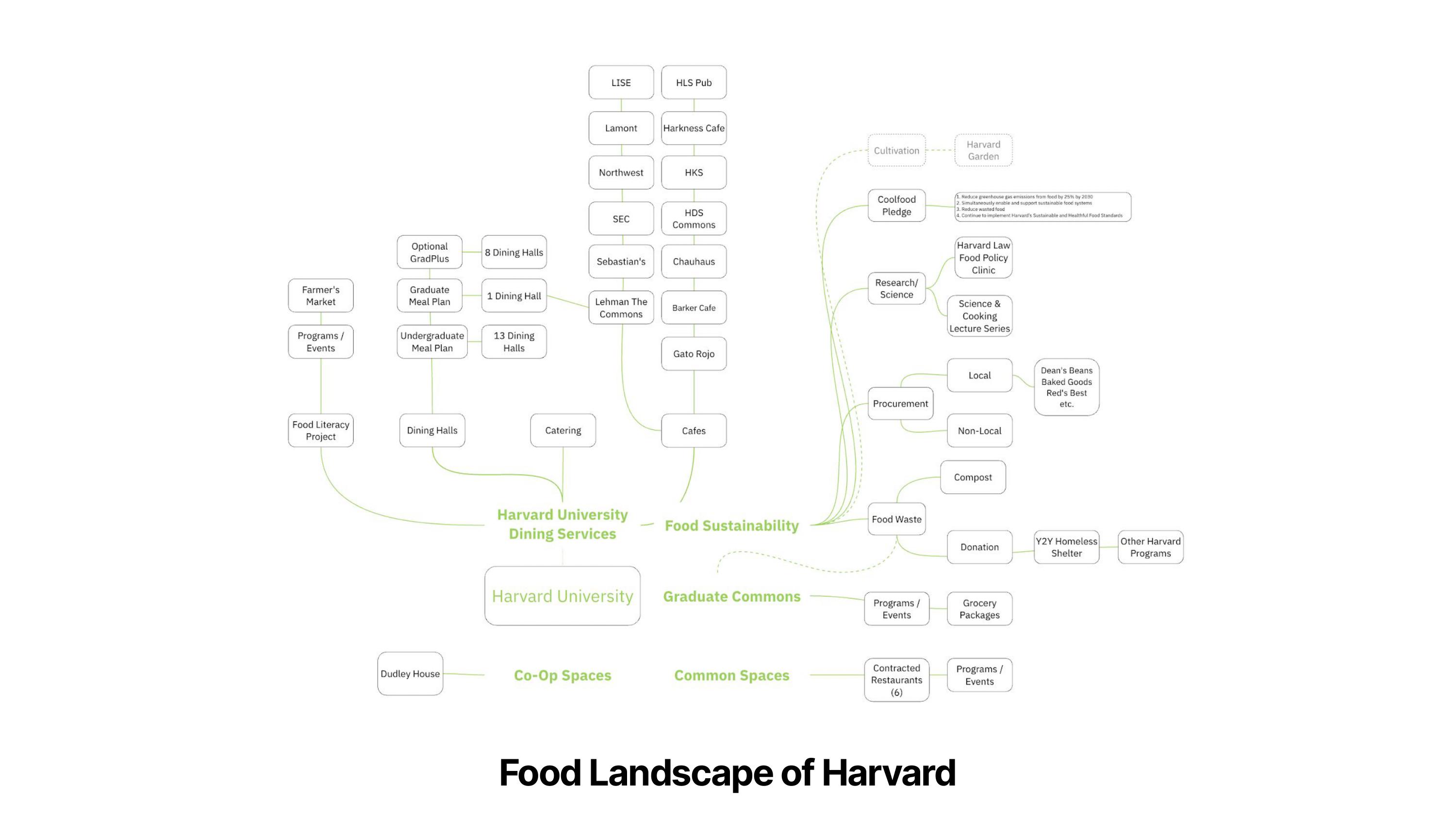
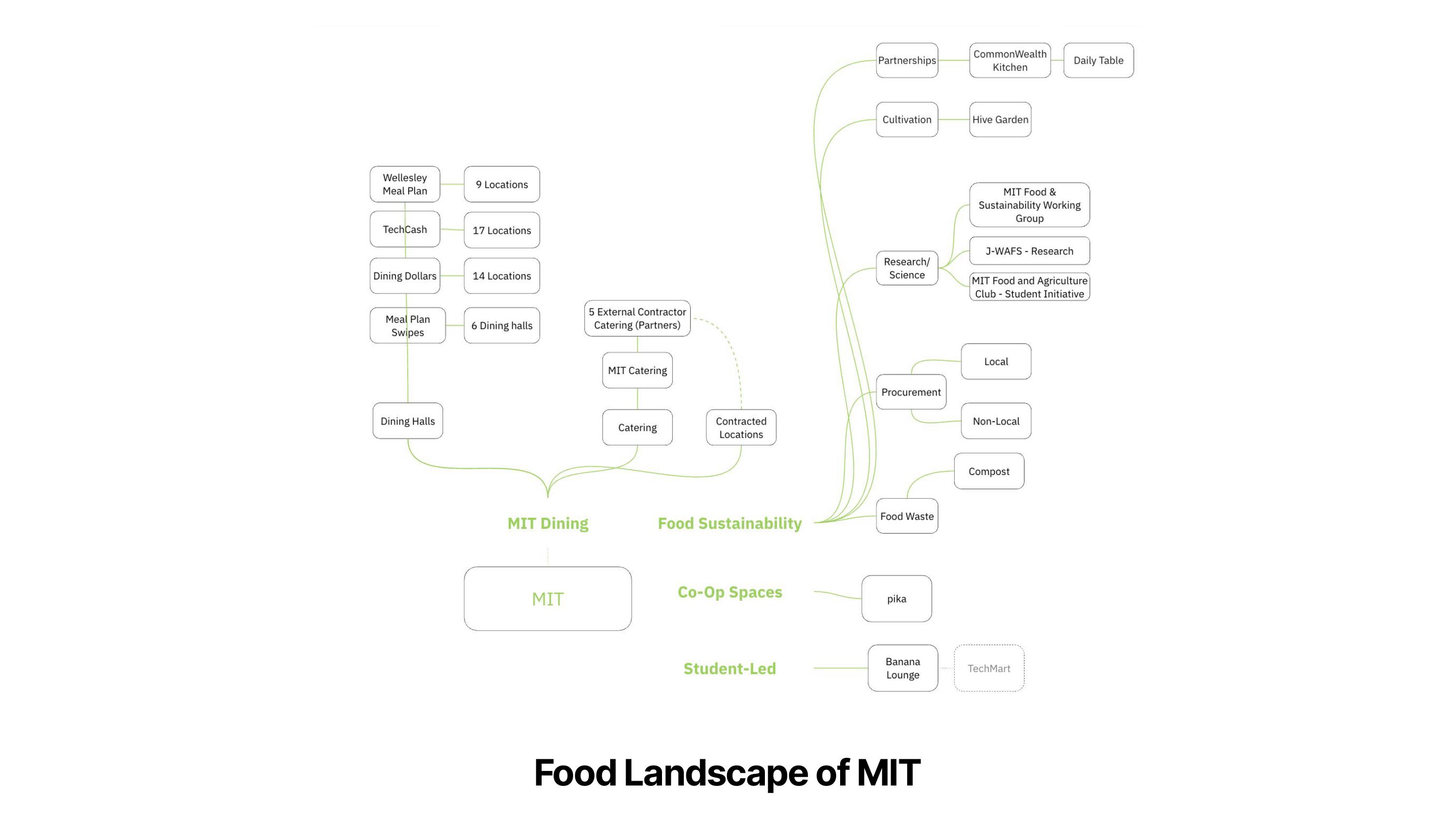
Comparing Food Systems Maps of Two Anchor Institutions
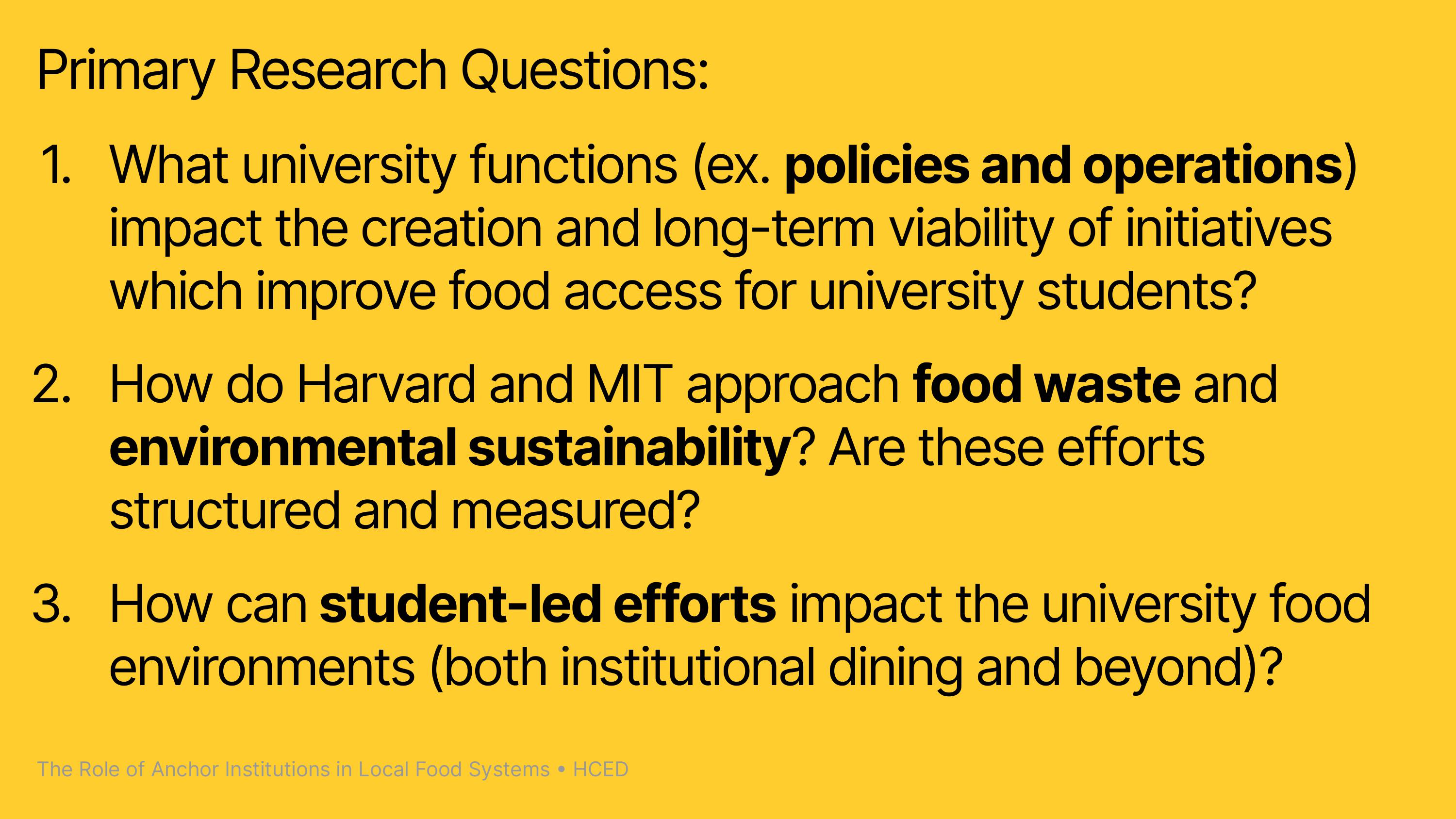
Looking at the role of Offices of Sustainability
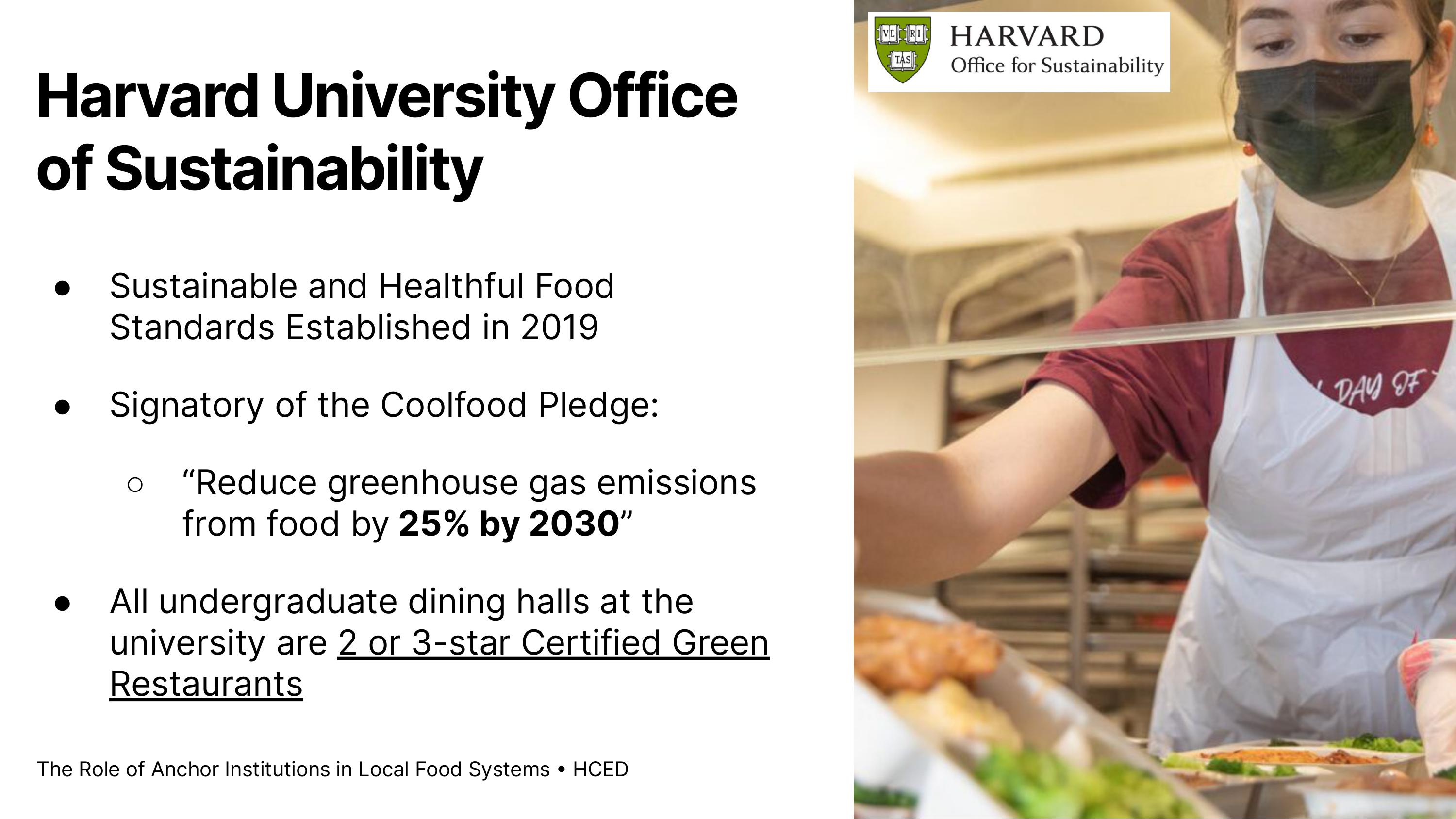

Examining Current Food Landscape
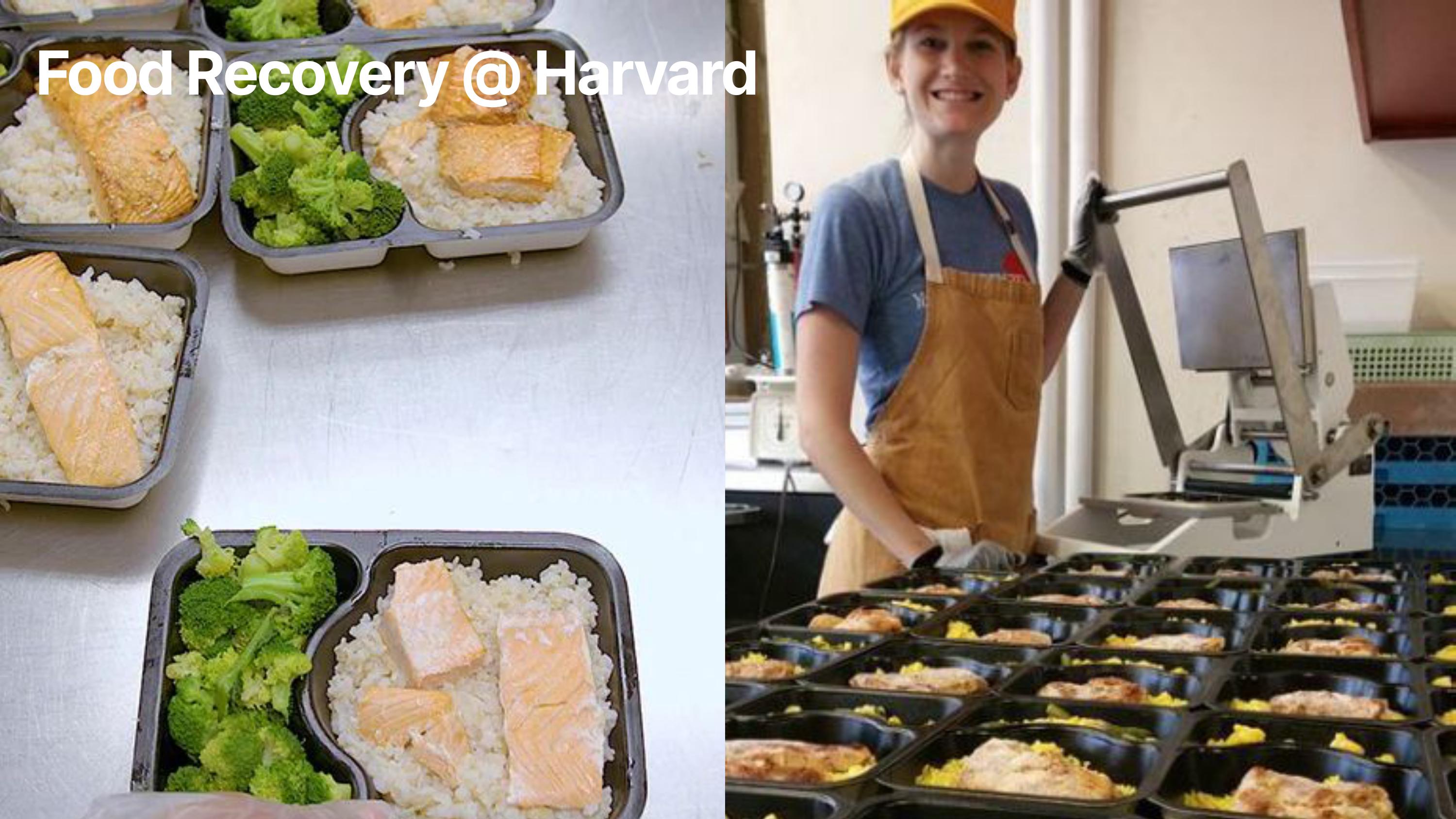

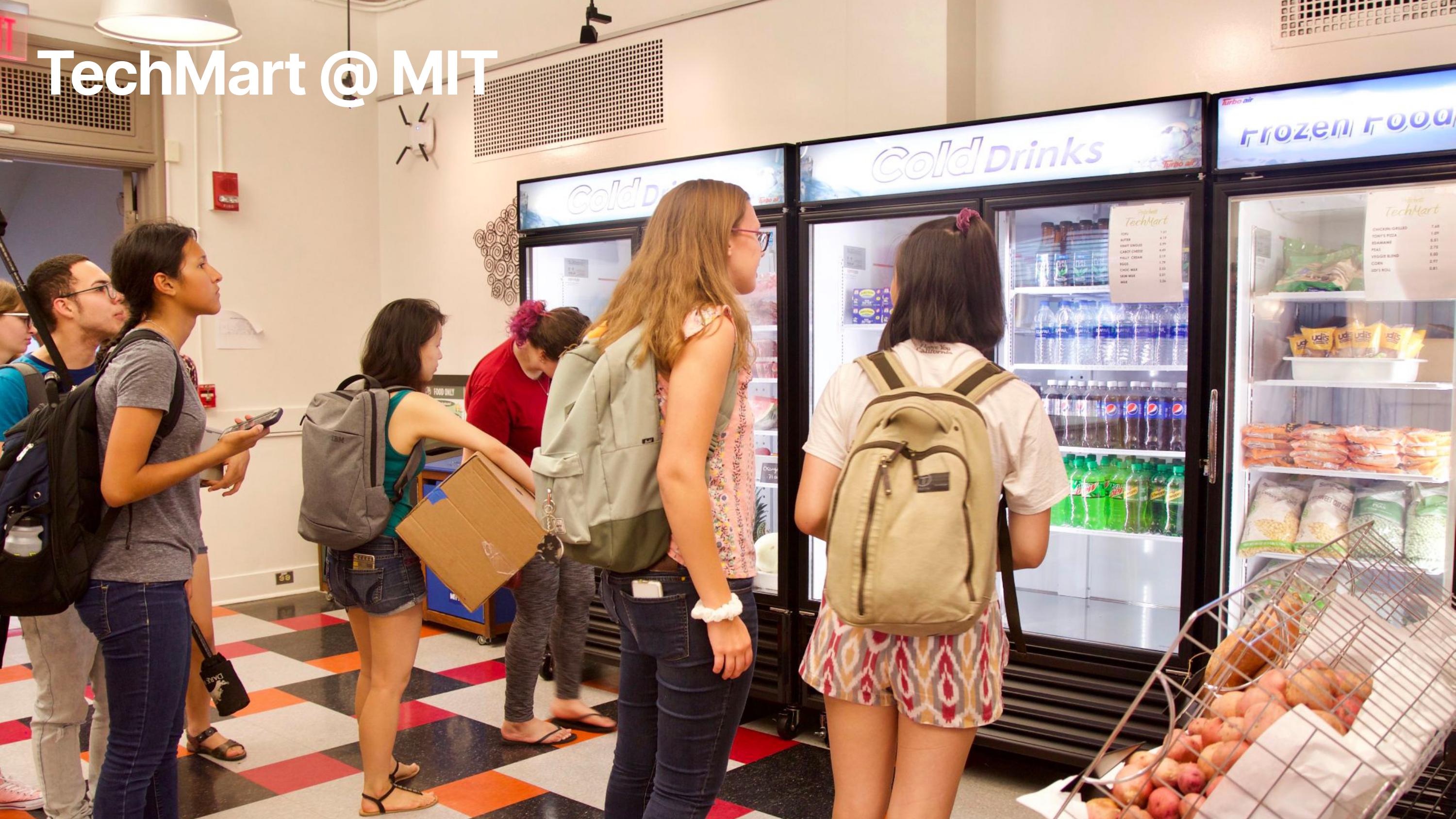
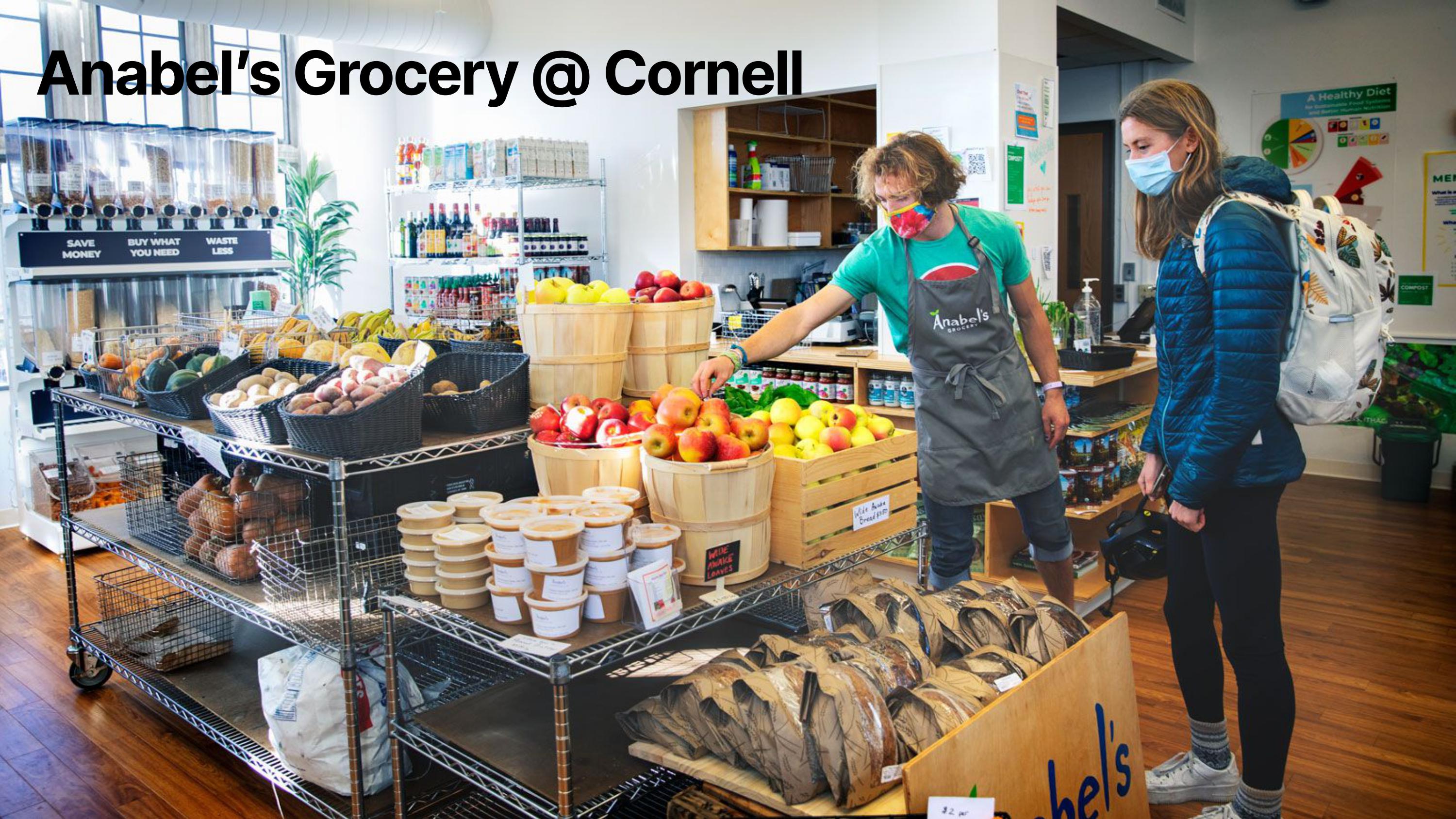


Team Recommendations
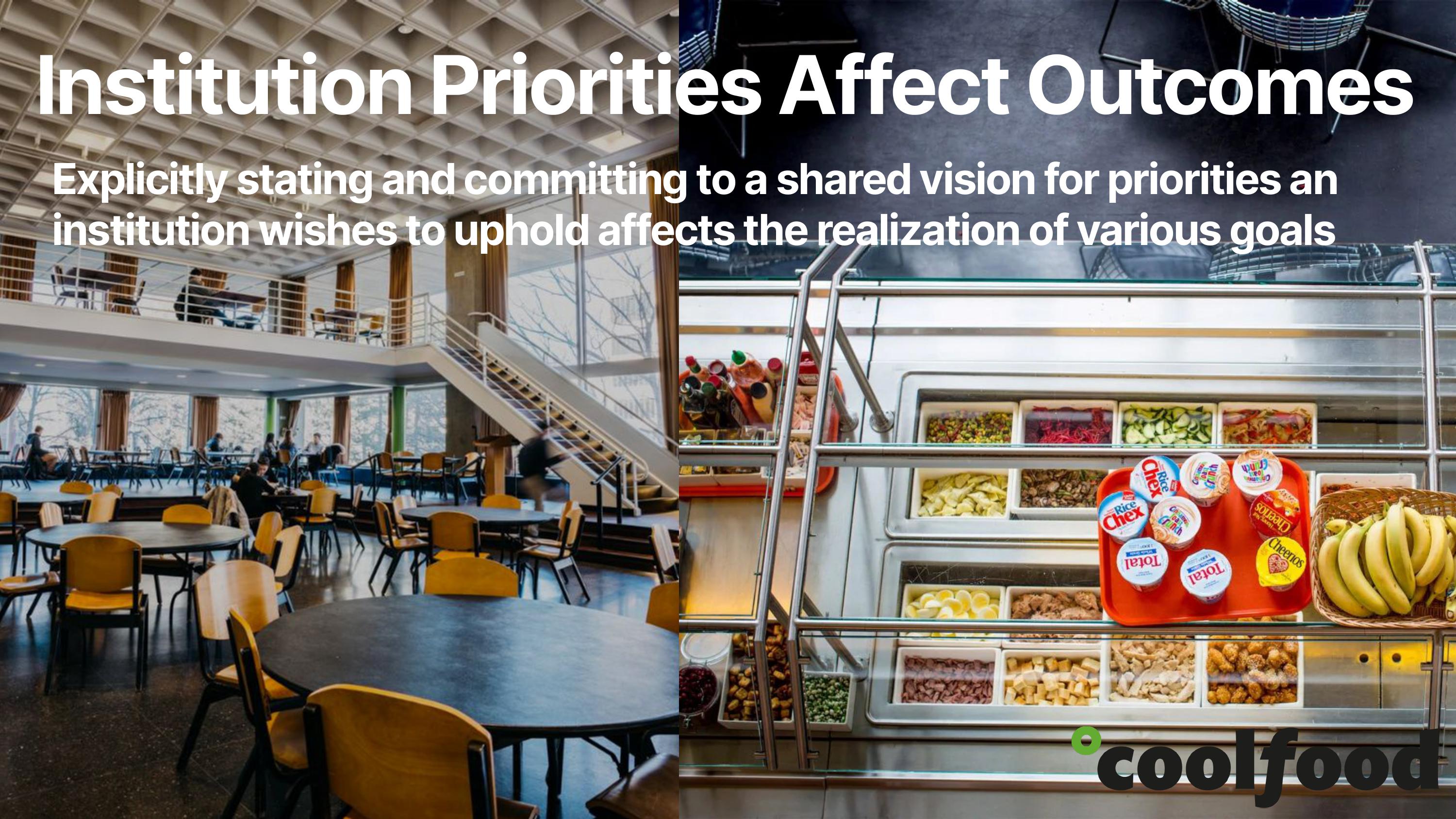

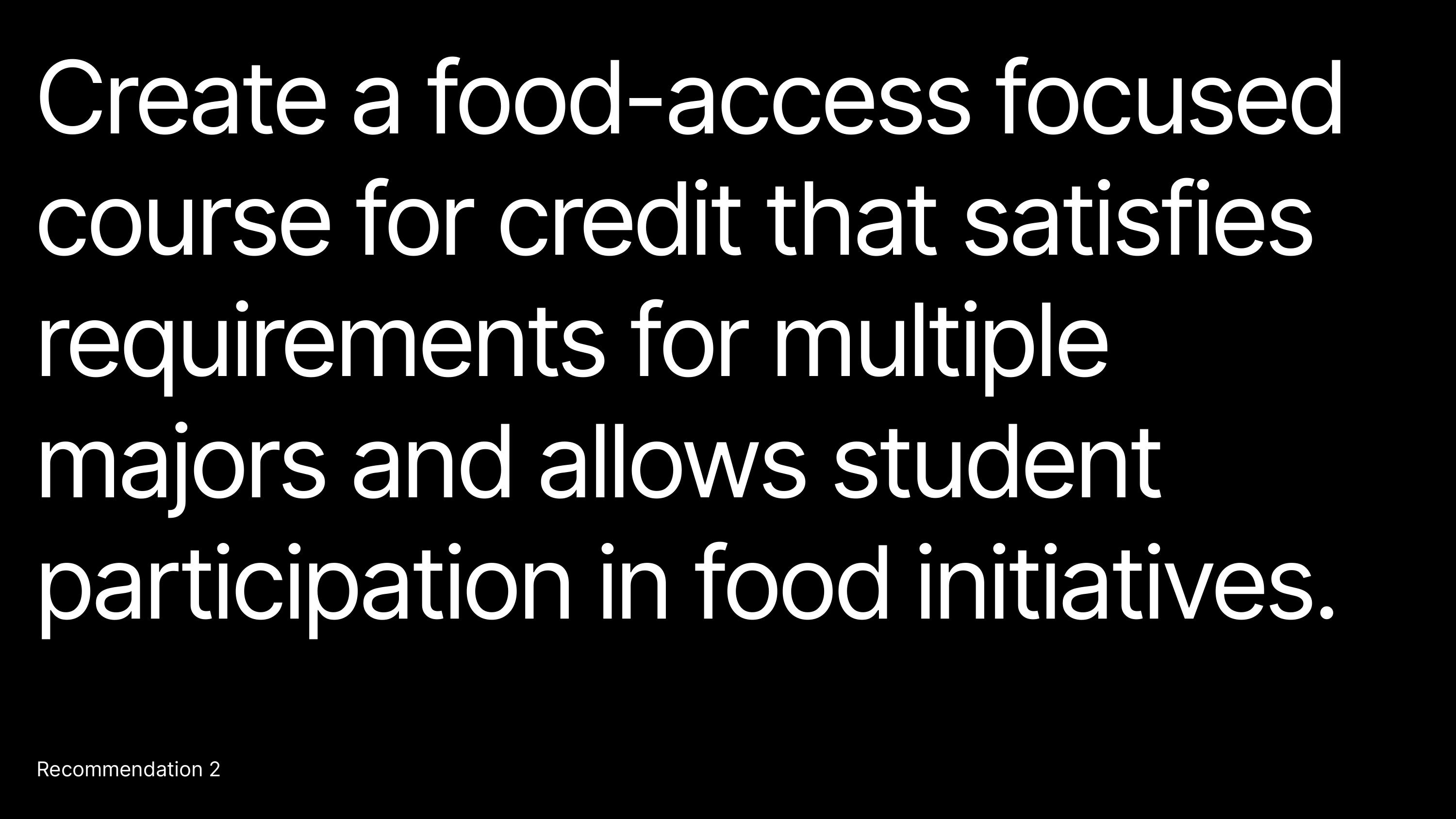

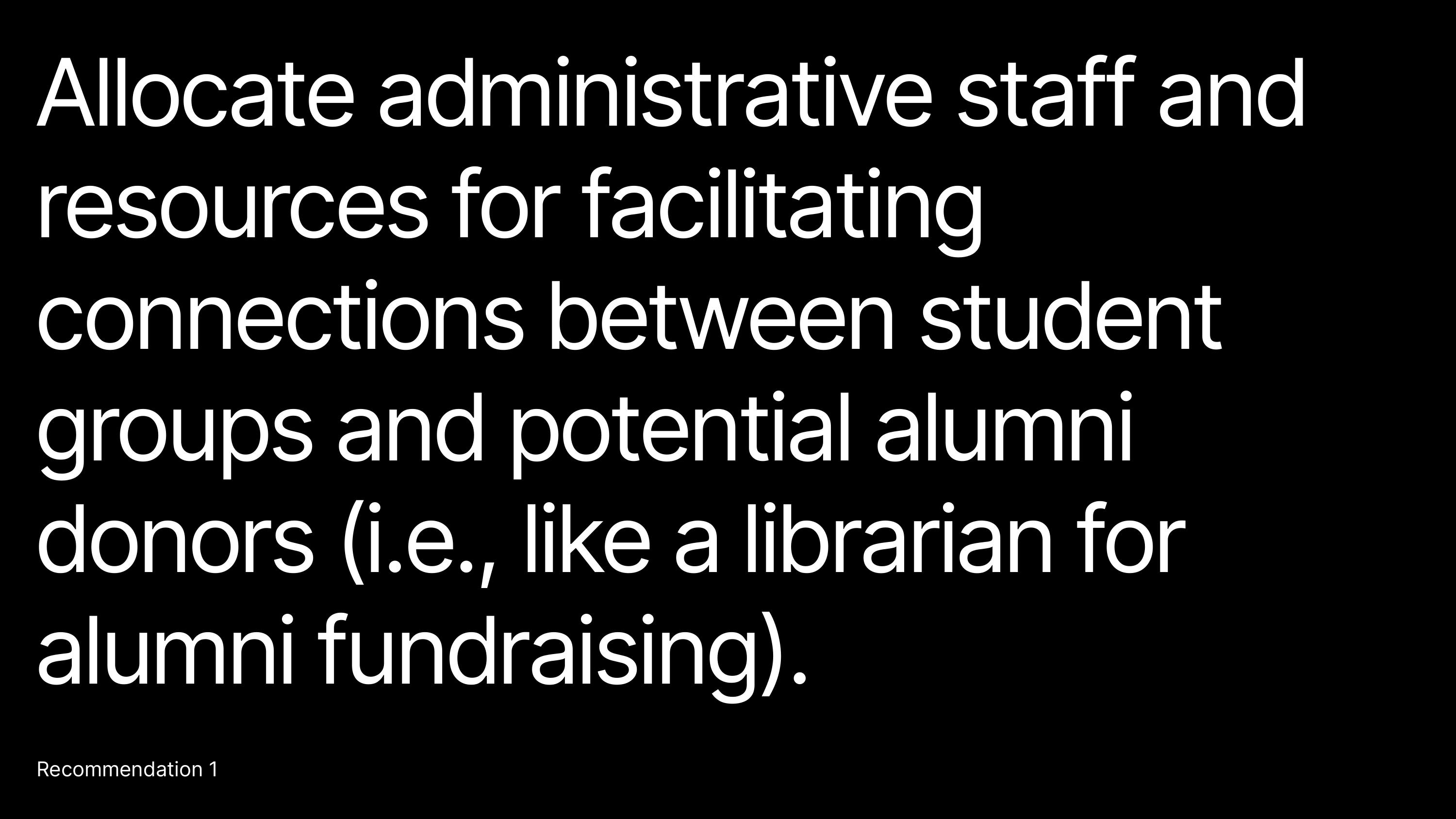

Summary & Takeaways
